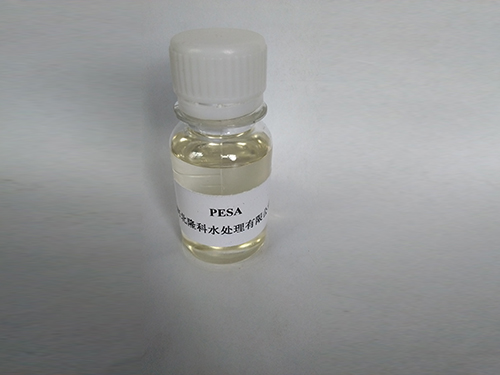pam water treatment
Understanding PAM Water Treatment A Comprehensive Overview
Water is an essential resource that sustains life, industries, and ecosystems. However, with rapid industrialization and urbanization, maintaining water quality has become an increasingly challenging task. One of the most effective methods for treating water is the use of polyacrylamide (PAM). This article will delve into PAM water treatment, explaining what PAM is, how it works, and its importance in modern water management practices.
What is PAM?
Polyacrylamide (PAM) is a synthetic polymer that is widely used in various fields, including environmental management. Its unique chemical structure allows it to absorb water and form a gel-like substance. PAM comes in different forms, such as anionic, cationic, and nonionic, each suited for specific applications. In water treatment, PAM primarily acts as a flocculant, which helps in the aggregation of suspended particles, making it easier to separate them from the water.
How Does PAM Water Treatment Work?
The process of PAM water treatment involves several key steps
1. Flocculation When added to water, PAM molecules interact with suspended particulates, such as silt, clay, and organic matter. The charged functional groups on the PAM facilitate electrostatic attraction between particles, leading to the formation of larger aggregates or flocs.
2. Sedimentation Once these flocs are formed, they become heavy enough to settle at the bottom of the treatment tank through gravitational force. This sedimentation process is crucial as it separates the clean water from the settled particles.
3. Filtration After sedimentation, the clarified water can undergo further filtration processes to remove any remaining impurities. This step often involves the use of sand or membrane filters, which enhance the quality of the treated water.
4. Disinfection Finally, to ensure the water is safe for consumption or industrial use, disinfection methods such as chlorination or ultraviolet (UV) treatment may be applied. This step eliminates pathogenic microorganisms, providing an additional layer of protection.
Benefits of PAM Water Treatment
pam water treatment

PAM water treatment offers numerous benefits, making it a popular choice in various sectors, including municipal water treatment, mining, and industrial applications. Some of the key advantages include
- Enhanced Water Clarity PAM significantly improves the clarity of water by efficiently removing suspended solids. This is particularly important for drinking water supplies, where clarity is directly associated with safety and aesthetic quality.
- Reduced Chemical Use By promoting efficient flocculation, PAM can diminish the need for additional coagulants and flocculants, leading to cost savings and reduced chemical exposure during treatment processes.
- Improved Settling Rates The use of PAM accelerates the settling of solids, resulting in shorter processing times for water treatment facilities. This is especially beneficial in settings where space is limited or where quick turnaround is necessary.
- Versatility PAM can be adapted for use in various water treatment scenarios, from treating wastewater in industrial applications to enhancing sedimentation in municipal water treatment plants.
Environmental Considerations
Despite its numerous advantages, it is essential to handle PAM with care. Some studies have raised concerns about the environmental impact of PAM, especially when it leaks into aquatic environments. It is crucial for water treatment facilities to adhere to regulations and guidelines to minimize any risk associated with PAM discharge.
Moreover, research into biodegradable alternatives is ongoing, aiming to address environmental sustainability concerns while maintaining effective water treatment outcomes.
Conclusion
In conclusion, PAM water treatment is a highly effective method that plays a vital role in ensuring water quality in various applications. Its ability to enhance flocculation, reduce chemical use, and improve water clarity makes it an invaluable tool in the water management arsenal. As we continue to navigate the challenges of water scarcity and pollution in the 21st century, innovations like PAM will remain crucial in providing clean, safe, and sustainable water for all. As with any technology, a balanced approach that considers both efficacy and environmental impact will be essential as we move forward.
-
Water Treatment with Flocculant Water TreatmentNewsJun.12,2025
-
Polymaleic AnhydrideNewsJun.12,2025
-
Polyaspartic AcidNewsJun.12,2025
-
Enhance Industrial Processes with IsothiazolinonesNewsJun.12,2025
-
Enhance Industrial Processes with PBTCA SolutionsNewsJun.12,2025
-
Dodecyldimethylbenzylammonium Chloride SolutionsNewsJun.12,2025





